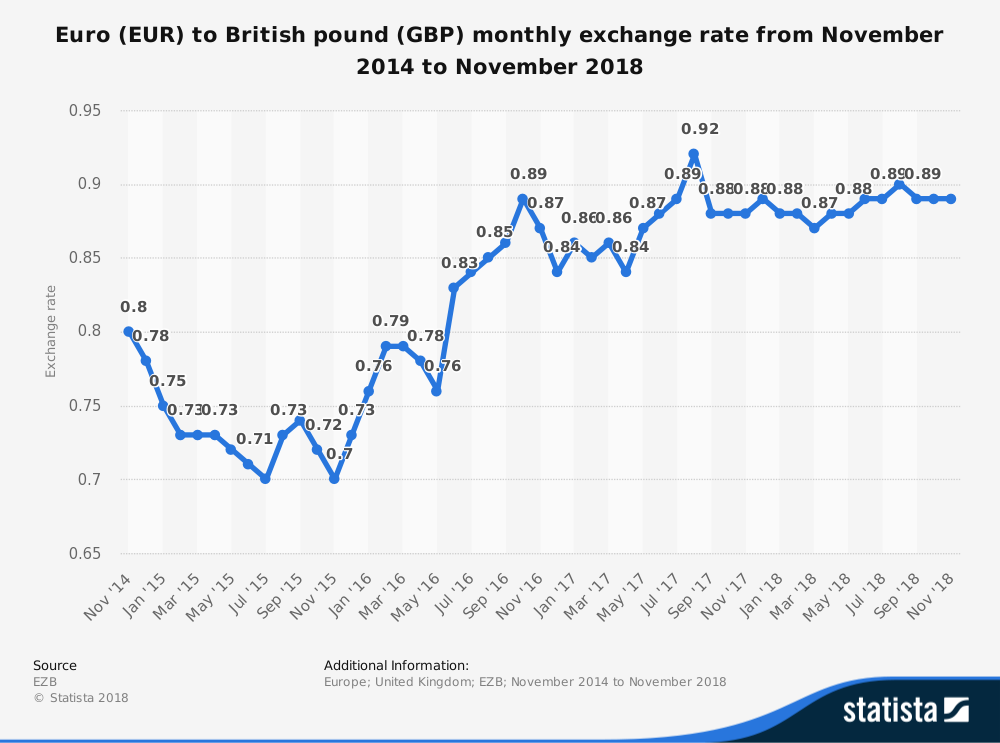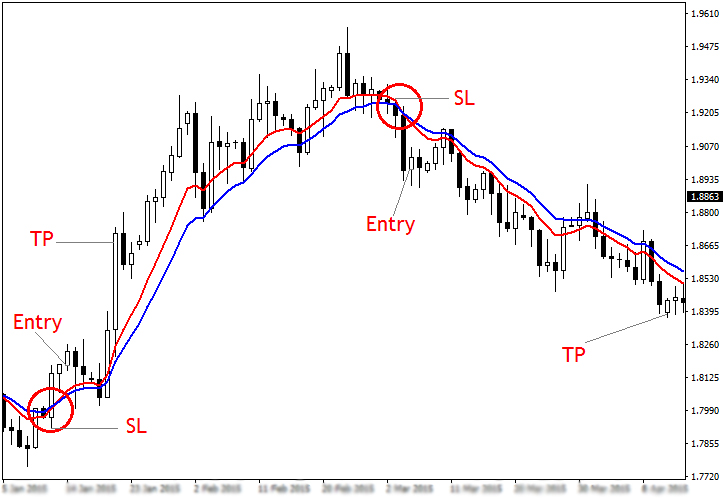

To get started with the calculations of the PE Ratio, we require just these two pieces of information, the company’s closing stock price per share and the company’s earnings per share. Growth stocks usually have a higher PE ratio whereas value stocks have a relatively lower PE ratio. PE ratio can also be used as a point of comparison for the past and the current performance of a stock and the optimum price level at which an investor can buy or sell their investment in the shares. Index funds mimic the stock markets, and hence, their prices represent the stock market’s state of overvaluation or undervaluation. So if the PE ratio of an index like the NIFTY 50 goes down to, let’s say to 18, 17, 15, or thereabouts, we have enough data to suggest that the PE ratio will revert back to its mean of 20 eventually. A lower P/E ratio means that investors are paying less per rupee of company earnings.
Aaron Sherman, a financial consultant and owner of Odyssey Group Wealth Advisors in Lancaster, Pennsylvania, warns clients against making investing decisions solely based on the PE ratio. Stocks with an everyday low proportion are sometimes seen as cheap. A corporation with a low P/E ratio typically indicates poor present and future performance. The first company’s shares are greater, but with a PE ratio of 15, you’re still spending $15 for every $1 of income. With such a PE ratio of 30, shareholders are investing $30 for every $1 of revenues.
This is on the basis of the earnings of an organization, both the past and future. A high PE ratio tells us that the price of a stock is high relative to earnings. In contrast, a low PE ratio tells us that the price of a stock is low relative to earnings. Different industries can have varied PE Ratios, so it does not serve the purpose of investment decisions until it compares the same sectors with similar characteristics. But, it does not work well when used for comparing industries from varied sectors.
It refers to the traditional P/E ratio, wherein the current stock price of a company is divided by either past earnings or future earnings. When used alone Price earning valuation metric may not be a good indicator however its efficacy increases significantly when compared with its last 5 years average multiple. ET screener powered by Refinitiv’s Stock Report Plus lists down stocks with high upside potential over the next 12 months, having an average recommendation rating of “buy” or «strong buy». This is problematic because profitable earnings can be reported by an organization while it may have poor free cash flow.
Forward PE is more relevant than trailing PE because past earnings are already discounted in the company’s share price. On the other hand, forward PE can indicate how the future stock price changes. Also, past analysis of trailing PE provides insights into the stock price. Furthermore, it shows whether the overall market or market index is too low or too high compared to the previous PEs. PEG ratio is much better compared to the commonly used P/E ratio.
Return on Capital Employed (ROCE) Ratio Formula
The sharp re-rating even suggests the normal discount relative to large caps has vanished. However, some analysts are convinced that the index valuations are not painting a true picture. But, expert investors say that one needs to change the values of all the other parameters accordingly if one wants to control the PE Ratio, and this is a nearly impossible task. Hence, the PE Ratio can be a reliable metric when considering the other financial tools. When an investor wants to look at the long-term past performance of the company, they can easily consider the Trailing PE of the last two-three decades of the company.
How to calculate the PE ratio?
The P/E ratio is calculated by dividing the market value price per share by the company's earnings per share.
It helps us to avoid stocks which might appear cheap but actually are not value buys. Especially in sectors like banking and financial services which have large numbers of stocks which on face of it appear cheap but are actually not. Also in sectors which are cyclical in nature, looking at the price earning matrix may lead to wrong decisions.
Forward price to earnings ratios is used by investors to determine how a business is likely to perform in the future, as well as its average annual growth ratio. The calculation of the P/E ratio involves two variables, the current market price of the stock and earnings per share . You can calculate EPS by dividing the net income available to equity shareholders by the number of outstanding equity shares .
Fundamentally Analyze Stocks
This is the ratio of the current price of a company’s share with its earnings per share . The trailing P/E ratio is the most often utilized indicator by investors; it considers a company’s historical profits over a period of time. It offers a more realistic and impartial picture of a company’s success. The price-to-earnings ratio, or P/E, is one of the most extensively pe ratio formula used stock analysis methods for determining stock value by investors and analysts. The Price to Earnings Ratio, also known as the P/E ratio or the Earnings Multiple ratio, is used extensively amongst seasoned and new investors to quickly value companies by investors and analysts. It highlights the the price of a company, for each dollar of its earnings.

Sometimes, the EPS can also combine the trailing EPS of the last two quarters and the forward EPS of the following two quarters. Therefore, while assessing the PE Ratio of a company, one should perform a peer to peer comparison to know how a specific industry is performing. The most vital aspect for an investor while analysing their investment options using PE Ratio is the ideal range of the Ratio. We need to calculate the given company’s Price to Earnings Ratio for a specific period. The calculation of the PE Ratio through this 12-month performance is known as Trailing Price to Earnings. It is also popularly abbreviated as TTM in Wall Street Magazine, where TTM means trailing twelve months.
The most commonly used method to determine the fair market value of a share of common stock is to find its intrinsic value based on future cash inflows discounted at the risk-free rate. The resulting value is divided by the number of shares outstanding to get the fair market value per share . If a company has a high P/E ratio, investors are willing to pay a significant price for each rupee of profit the company makes.
Get Investment Advice from India’s Top Experts
It is thought that a firm with a P/E ratio of 10 is less expensive than a company with a P/E ratio of 12. Determine whether they should purchase, sell, or keep a certain stock depending on its worth. Evaluate if the stock is inexpensive, fairly priced, or overpriced. Whenever Nifty’s PE ratio goes above 22, there is a correction in the market.
- For example, if an institution’s P/E ratio is 20, shareholders are ready to pay Rs. 20 in shares for Re.
- Read all the documents or product details carefully before investing.
- If you divide this price with the earnings, you get a number close to 19.
- This is way less compared to Reliance Industries 30 years and BPCL’s 22 years.
The negative of a high P/E ratio is that growth stocks are frequently unexpected, putting a lot of pressure on firms to accomplish more to maintain their higher price. As a result, investing in growth companies is more inclined to be a hazardous bet. Among various valuation methodologies, the P/E ratio is one of the most important instruments for determining a stock’s intrinsic attractiveness.
As such a ratio is based on the future earnings of a company, it is also called an estimated P/E Ratio. Whether a P/E ratio is considered to be high or low, depends on the sector. For instance, the IT and telecom sector companies have a higher P/E ratio compared to companies from other industries like manufacturing, textile, etc. P/E ratio is also dependent on external factors; a merger and acquisition announced by a company will increase the P/E ratio.
Absolute P/E Ratio and Relative P/E Ratio
This result concludes that stock M is cheaper despite the higher absolute price because one has to pay less for every $1 of current earnings. Receive information of your transactions directly from Exchange on your mobile/email at the end of the day. The market price per share is the current market price at which the share is traded in the market.
What is a good PE ratio?
To give you some sense of what average for the market is, though, many value investors would refer to 20 to 25 as the average P/E ratio range.
This means the company’s absolute ratio is lower than that of the benchmark. Conversely, PE value that is higher than 100% indicates that a business has outperformed the benchmark index performance during the specified period. The relative PE ratio is used by investors to determine the performance of a company to its past ratios or its benchmark ratios. Furthermore, the P/E ratio is also used by investors to compare a company against its historical records as well as to compare aggregate markets against one another over a period of time. The ratio can therefore be estimated on a backward-looking or forward basis.
Share prices also represent the market sentiment of a company, and it hints at the narrative and thought process of the company. Hence, it is crucial to consider an intra-sector comparison while analysing the PE ratio of a company. This comparison tells an investor about the percentage increase or decrease in the current PE ratio concerning the past PE Ratios. The chosen base for comparison is the highest value from the range of past PE Ratios.

Generally speaking, a high price to earnings ratio reflects high earnings growth expectations by investors. A high P/E ratio indicates that investors are willing pay more for each unit of earnings of the particular stock and are expecting higher earnings growth in the future. Hence, there is no foolproof P/E ratio that investors can rely on when investing in the stock market. In this respect, other technical analysis indicators such as discounted cash flow, the weighted average cost of capital etc. can be used to ascertain the potential profitability of a company.
Is 0.5 a good PE ratio?
A ratio between 0.5 and less than 1 is considered good, meaning the stock may be undervalued given its growth profile. A ratio less than 0.5 is considered to be excellent. For a guide on how to use the PEG in your investing, check out this article.
